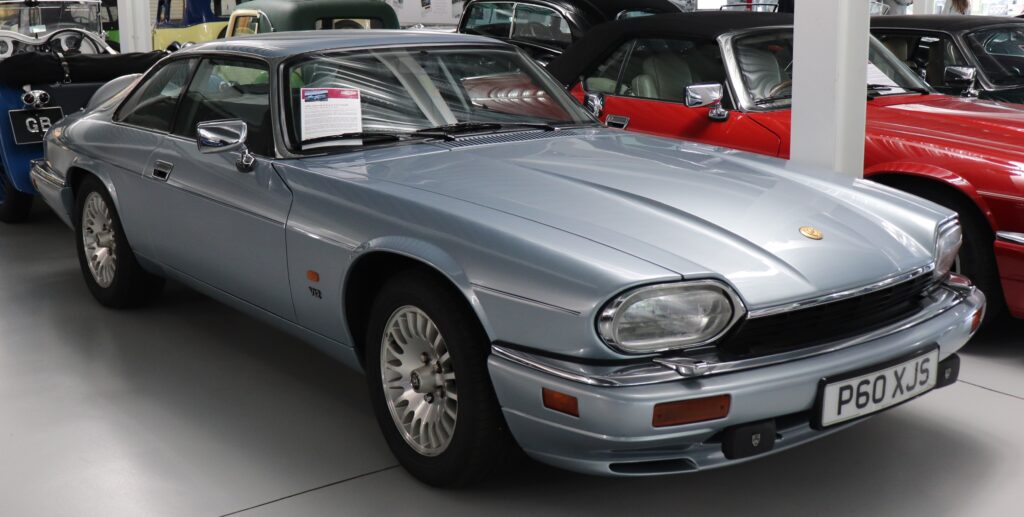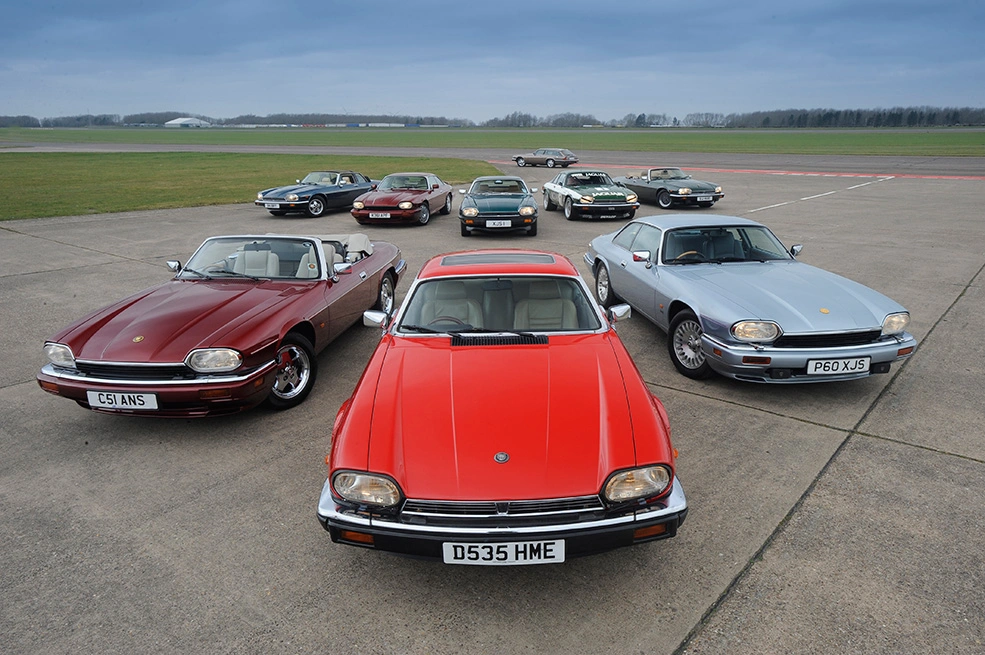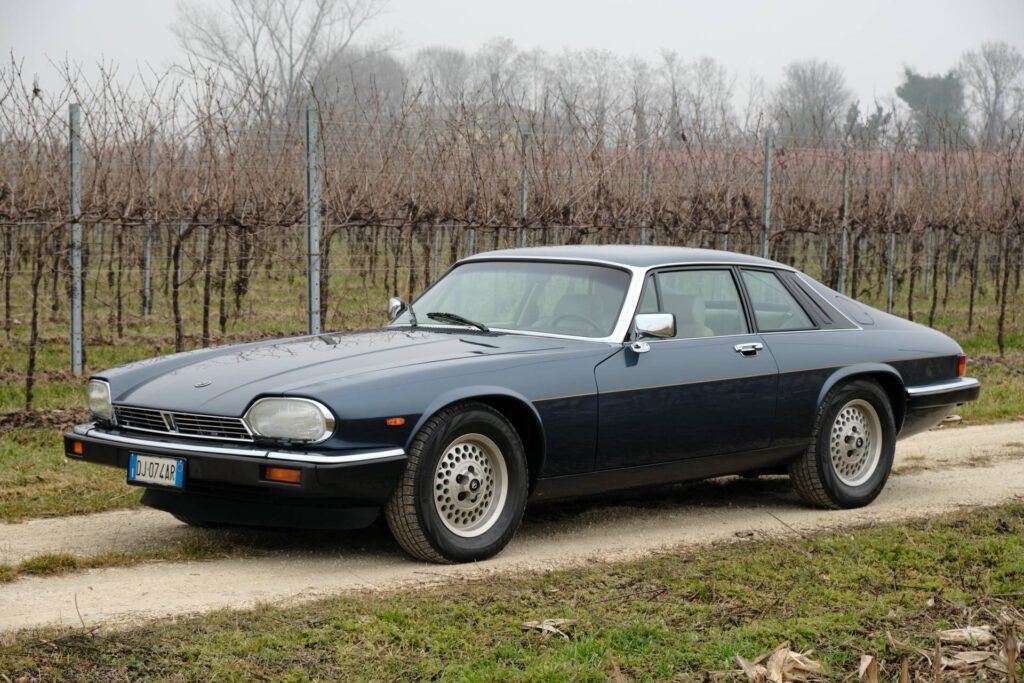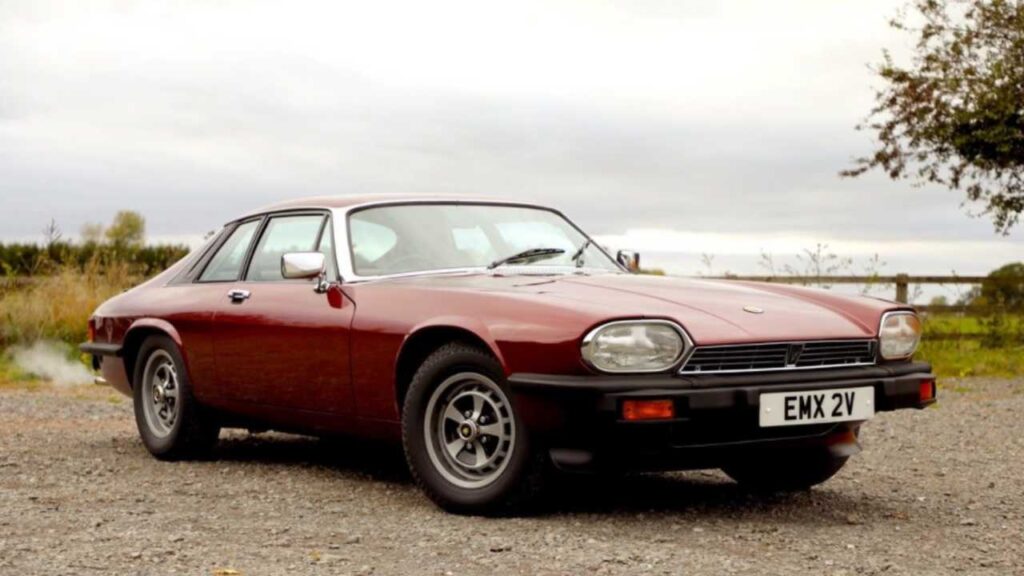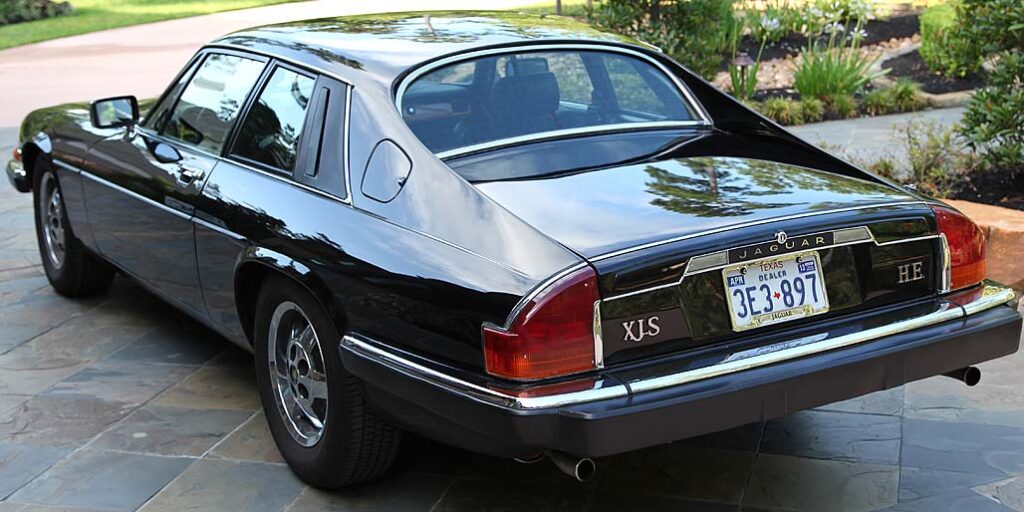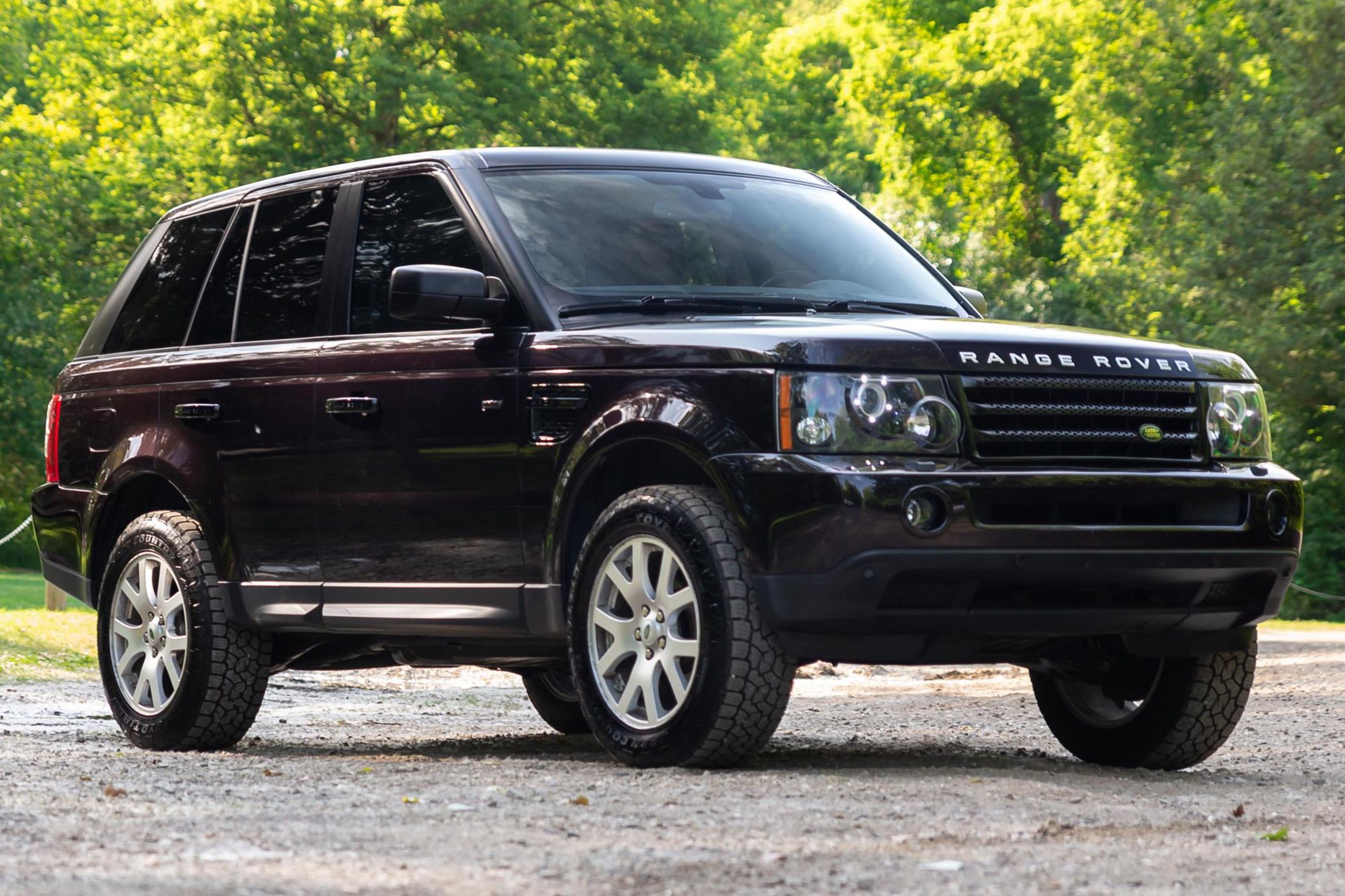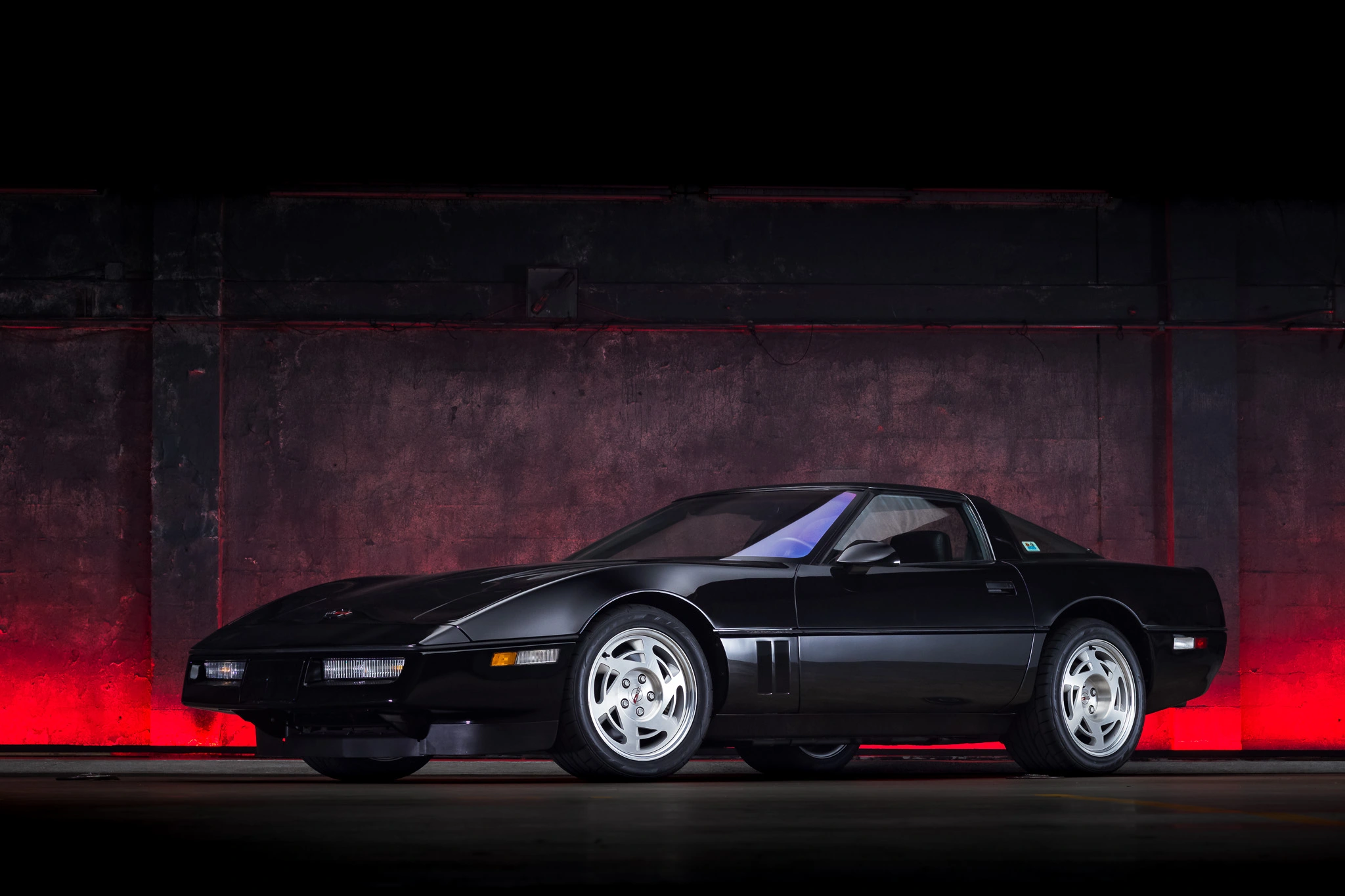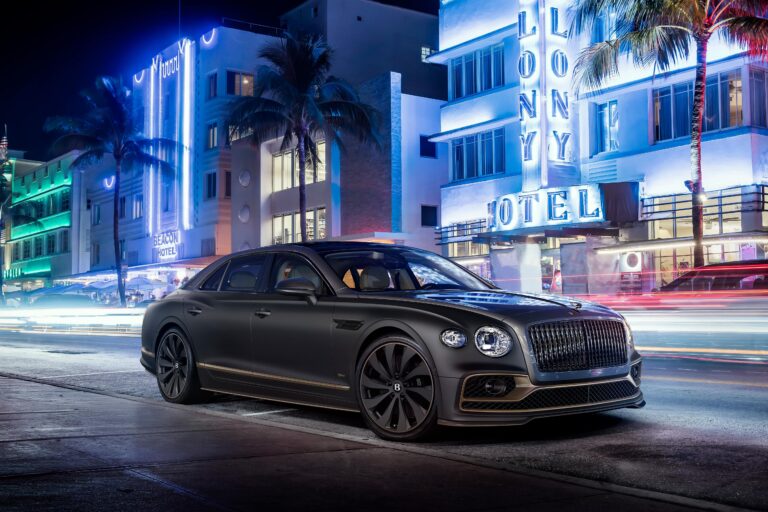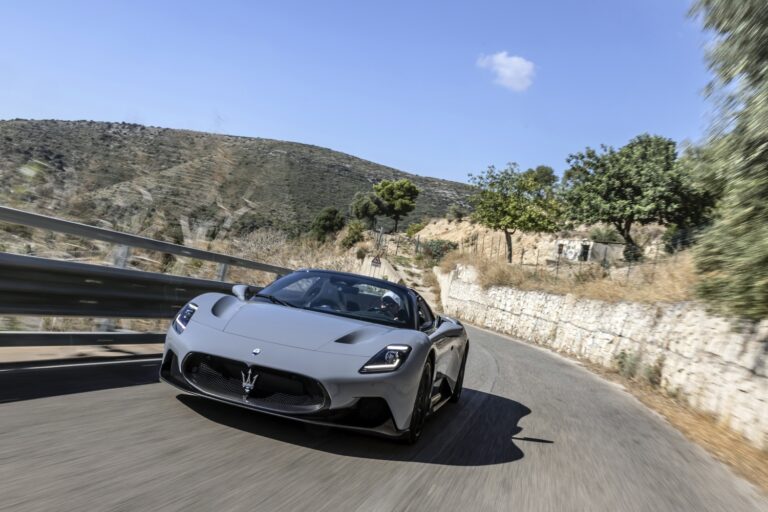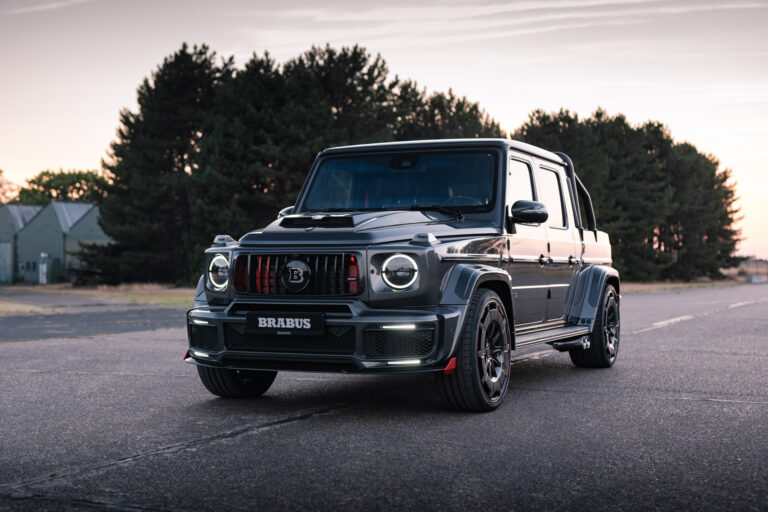
So you want to flex on everyone in the neighborhood that you have a monstrous V12, maybe show up to the local cars and coffee and get some “oo’s” and “ahh’s”. Or possibly you simply want to drive down I-35 knowing you have 3 times the cylinders a Toyota Corolla has. Well, we’ll introduce you to the Jaguar XJS, built from 1975-1996, with a refresh in ‘93. A replacement to the stunning E-Type the XJS was a whole new beast, and that could be taken two different ways. Its status as a gentleman’s car has stuck throughout the years but that gentleman has to know how to use an impact gun. Unique styling, a behemoth of an engine, and classic British features shaped the XJS, and you can easily pick one up for underneath $15,000— for a 5.3 L V12.
The XJS was one of Jaguar’s longest running vehicles spanning over 20 years of production. It’s seen the highs and lows and was kept around even when Ford acquired Jaguar for a short time in the 90’s. Running from 1975 to 1996 the XJS solidified itself as the staple of British luxury in its tenured time. That status was held down by its monstrous 5.3 L V12 producing about 285 horsepower, a measly number for that big of a boat. In fact, the XJS perplexed most auto enthusiasts. It was supposed to replace the E-Type, a small roadster built for speed and handling. But the XJS was more like a whale, long and drudgy, and quite sluggish. Running the 60 in around 6.9-7.2 seconds this thing isn’t running times at Texas Motor Speedway anytime. But what it is is a cheap way into a socialite staple, a large, girthy luxury car with a brand name. Something you can take to the golf course and show up your buddy’s BMW 535i. That’s what’s most fun about it, it’s simply cool, and cheap. If you’ve ever wanted a Rolls Royce but you’re balling on a budget, that’s what the XJS is.
With all that weight and horsepower, it’s gotta be comfortable right? It sure is. With all of its bells and whistles— which trust me will fail, it’s only natural that while they work they make for an interesting ride. It’s 3-speed, and eventually 4-speed automatic transmission made shifts smooth and silky. But also made for abysmal fuel economy. 11 MPG on the highway before a engineer from Switzerland had to be brought in for Jaguar and develop a high efficiency engine doubling the MPG to 22. Rust is also a huge issue on the XJS, prior to 1991 the XJS didn’t use galvanized steel in order to cut costs. Eating away at the undersides until the car swallows itself. I wouldn’t be surprised if that happens. But over top of the rusty underbelly you got true luxury. Leather and power seats stole the show, a high luxury at the time. An archaic infotainment screen took the center control stack and was Jaguar’s early rendition of modern systems today. A classic two-spoke steering wheel with a center mounted airplane styled shifter sat in the middle and is a constant reminder of how things were back in the 80’s and 90’s. That was their idea of luxury, which today seems laughable, but maybe our ideas now are laughable to future us. A philosophy lesson by an automotive writer. See something new every day.
What solidified this car in the luxury world however was not its interior, it’s its exterior styling. Taking a far leap from the E-Pace, whether in a good or bad direction is to be decided, the styling was nearly unmatched. Having flying rear buttresses in the rear like bat wings was one of its kind, inspiring the Lamborghini Murcielago and as a baseline for the Ford GT. It’s early dual headlights and eventual wrapped single headlights flowed so well with the body lines. Everything on the exterior just fit so well, and that’s part of why the style and the car went through so many years. Despite early grumbles and plenty of consumer complaints, the style of the XJS managed to last and still is timeless. It represents the 80’s in a way only a Jaguar can.
The best part is that you don’t see too many of these on the road… and it’s not hard to see why. While it is a cheap V12, there’s a reason for it. And as the saying goes: “there’s nothing more expensive than a cheap Jag.” There’s simply not many running. A Road and Track owner survey found XJS owners fumbling around with the air conditioner, alternator, body parts, brakes, cooling system, differential, distributor, electrical system, emissions controls, exhaust, fuel pumps, instruments, power steering, starter and wheel bearings. Nothing on that list is very cheap, especially finding parts. In the mid-1990’s Ford acquired Jaguar and made parts and quality control a little better but Ford at the time was struggling too with both of those. Early grumbles with all sorts of different items especially in early model years made owning an XJS a disaster but if you can find one in good condition— nope. Still don’t do it. Maintenance costs can exceed Ferrari ownership costs easily within just a year of ownership. If you’ve ever wanted to go broke quick and enter crippling debt to various repair shops, the XJS is a perfect match for you. British V12 engines don’t last, it’s actually quite simple.
But if you are going to buy one, I’m sure it’s a blast for the 5 miles you drive it without something breaking. In fact, Road and Track features a twin supercharged widebody XJS Le Mans Edition, it’s pretty cool for what it is and is just shy of $97,000 in UK pounds. Targa top and cabriolet editions were both available but rare and were problematic with even worse quality control and worse issues. In the final years (1993-finish), the V12 was upgraded to 6.0 L unit. Nice units can be found for under $20,000 and good/average examples are well under $15,000. Operating costs will run you thousands of dollars more per year on average of course, but don’t say we didn’t warn you. After all, in Jeremy Clarkson’s words, “it’s a Jagggg”.


